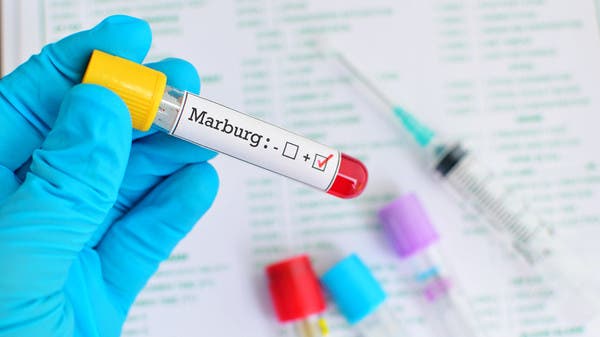Marburg virus (iStock)
The World Health Organization has brought together experts from around the world to discuss the development of vaccines or treatments for Marburg virus, amid growing fears that the world could be caught off guard by the incurable disease.
The World Health Organization is focusing its attention on the “Marburg” virus, after Equatorial Guinea declared its first outbreak of the disease, following the death of at least 9 people in Qui Ntim province.
On Tuesday, the World Health Organization held an urgent meeting on “Marburg”, known as the “deadly disease”, which kills about 90 percent of those infected with it.
The organization brought together health experts from all over the world to discuss ways to develop vaccines or treatments for the “Marburg” virus, and the meeting took place in light of growing fears and warnings that “the world may be surprised by the irreversible disease.”
Members of the Marburg Virus Vaccine Consortium (MARVAC) noted that “it could take months for effective vaccines and treatments to become available.”
The World Health Organization stated that: “Further investigations are underway. Advanced teams have been deployed in affected areas to trace contacts, isolate and provide medical care to people who show symptoms of the disease.”
The (MARVAC) team has counted, so far, 28 vaccine candidates to be effective against “Marburg”, highlighting that it will focus on 5 of them to see their effectiveness.
Equatorial Guinea confirmed its first-ever outbreak of Marburg hemorrhagic fever, noting that the Ebola-related virus was responsible for at least nine deaths in the small West African country.
In a statement on Monday, the World Health Organization declared the outbreak after samples from Equatorial Guinea were sent to a laboratory in Senegal to determine the cause of the disease, following a warning from a local health official last week.
The deadly Marburg Marburg virus
The World Health Organization said that there are currently nine deaths and 16 suspected cases of infection with the virus, as they showed symptoms including fever, fatigue, diarrhea and vomiting.
WHO said it would send medical experts to help officials in Equatorial Guinea stop the outbreak, and it also sent protective equipment to hundreds of workers.
Like Ebola, Marburg virus initially appears in bats and spreads among the population through close contact with the bodily fluids of infected people, or surfaces such as contaminated bed sheets.
In the event that the patient is not treated, the Marburg virus may become fatal for up to 88 percent of those infected.
The rare virus was first identified in 1967, after it led to simultaneous outbreaks in laboratories in Marburg, Germany, and Belgrade, Serbia.
Seven people died after contracting the virus while conducting research on monkeys.
Frightening symptoms
In parallel, there are major symptoms for those infected with the virus, as the disease caused by the Marburg virus suddenly begins with a severe headache and severe malaise. Another common symptom is muscle aches and pains.
The patient usually experiences a high fever on the first day of his infection, followed by a gradual and rapid weakness.
On the third day, the patient suffers from severe watery diarrhea, abdominal pain and cramps, nausea and vomiting. Diarrhea can last a whole week.
It was said that the patient, at this stage, shows “ghost-like” features, deep eyes, an expressionless face, and extreme lethargy.
Many patients also show severe hemorrhagic symptoms between the fifth and seventh day, noting that fatal cases are usually characterized by a form of bleeding from several sites.

